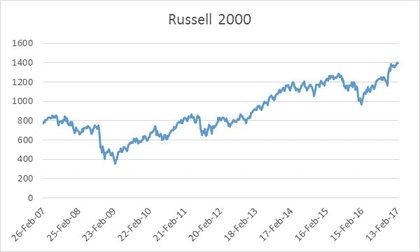Understanding Risk (and why performance alone is not my first concern)A key component of any financial plan is risk management. Investors want to maximize returns while minimizing risk. While different funds may offer similar returns, differences in risk can mean one is a great investment, while another is not. Risk relates to return, and when comparing either a stock or mutual fund it is important to see return in comparison to relative risk measures. An active fund with a 15% return over the past year may seem great on the surface, however the return alone does not tell us how this 15% compares to other funds and the market overall. I often see client statements filled with only annual return graphs and figures. I want to give a full picture - that's why I include risk and return metrics in my reviews. I look at a number of indicators including, Alpha, Beta, R-Squared, the Sharpe Ratio, and Standard Deviation when recommending investments to ensure they are appropriate for an individual's client risk tolerance and fit within their broader financial plan. The risks of stocks, mutual funds and other similar securities are measured with statistics. The actual performance of a security is compared to a bench mark to see if the investment performed as expected. Different investments have different benchmarks. Some are measured against "risk free returns," often U.S. Treasury Bills. Others are designed to match the performance of a specific index such as the S&P 500 or the market as a whole.
Recommended Reading
0 Comments
Leave a Reply. |
|
© 2024 Sherman Financial, LLC
Disclaimer: Information on this website and blog do not involve the rendering of personalized investment advice. A professional advisor should be consulted before implementing any of the options presented. No content should be construed as legal or tax advice. Always consult an attorney or tax professional regarding your specific legal or tax situation. |


